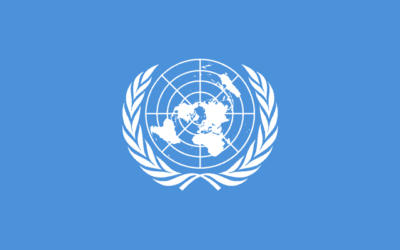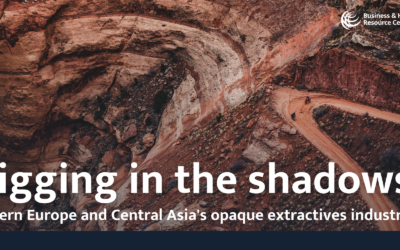Pojęcie praw pracowniczych obejmuje szeroki wachlarz praw człowieka, od prawa do godnej pracy i wolności zrzeszania się po prawo do równych szans i ochrony przed dyskryminacją. Konkretne prawa odnoszące się do środowiska pracy to między innymi prawo do zdrowych i bezpiecznych warunków pracy, do prywatności i wiele innych. W relacjach pomiędzy pracownikami, pracodawcami a państwem to właśnie prawa pracownicze stanowią najczęściej punkt styku “biznesu” i “praw człowieka”.
Prawa pracowników na poziomie międzynarodowym zostały opisane w szeregu konwencji i traktatów dotyczących praw człowieka, w tym w Powszechnej Deklaracji Praw Człowieka z 1948 r. (art. 23 i 24) oraz w Międzynarodowym Pakcie Praw Gospodarczych, Społecznych I Kulturalnych z 1966 r., które zapewniają:
- Prawo pracownika do zarabiania na życie pracą swobodnie wybraną.
- Prawo do sprawiedliwych i korzystnych warunków pracy, a zwłaszcza do wynagrodzenia, które zapewnia wszystkim pracownikom przynajmniej godziwe zarobki oraz równe wynagrodzenie za pracę o jednakowej wartości, a także godne życie dla nich samych i ich rodzin.
- Prawo do bezpiecznych i zdrowych warunków pracy.
- Równe szanse na awans zawodowy na odpowiednio wyższy poziom przy uwzględnieniu jedynie stażu pracy i kwalifikacji.
- Prawo do wypoczynku, czasu wolnego oraz rozsądnego ograniczenia godzin pracy i okresowych płatnych urlopów wypoczynkowych, a także do wynagrodzenia za dni ustawowo wolne od pracy.
- Prawo do tworzenia oraz wstępowania do dowolnie wybranych związków zawodowych oraz prawo do strajku przy założeniu jego realizacji zgodnie z prawem danego kraju.
Globalne nierówności w sferze władzy i wpływów umożliwiają funkcjonowanie modeli biznesowych dążących do maksymalizacji zysków przedsiębiorstw, w wyniku czego kształtowana jest światowa gospodarka stawiająca zyski ponad ludźmi. Dominacja tego paradygmatu sprzyja rozmaitym formom wykorzystywania pracowników, a należą do nich głodowe płace, dyskryminacja i przemoc, represjonowanie związków zawodowych i innych organizacji pracowniczych, rosnąca niepewność zatrudnienia, a także brak zabezpieczenia społecznego. Powiązania pomiędzy tymi nadużyciami a znanymi markami, sprzedawcami i dystrybutorami są często trudne do wyśledzenia z powodu zawiłych i niejasnych globalnych sieci dostaw.
Powyższy tekst powstał na podstawie materiałów opracowanych przez Duński Instytut Praw Człowieka na temat KPD na świecie Global NAPs website oraz Business & Human Rights Resource Centre na portalu o prawach pracowniczych labour rights portal.









